The choice of slitter blade directly affects cutting quality, production efficiency and cost control. Here's a detailed guide on material selection, wear judgment and replacement intervals:
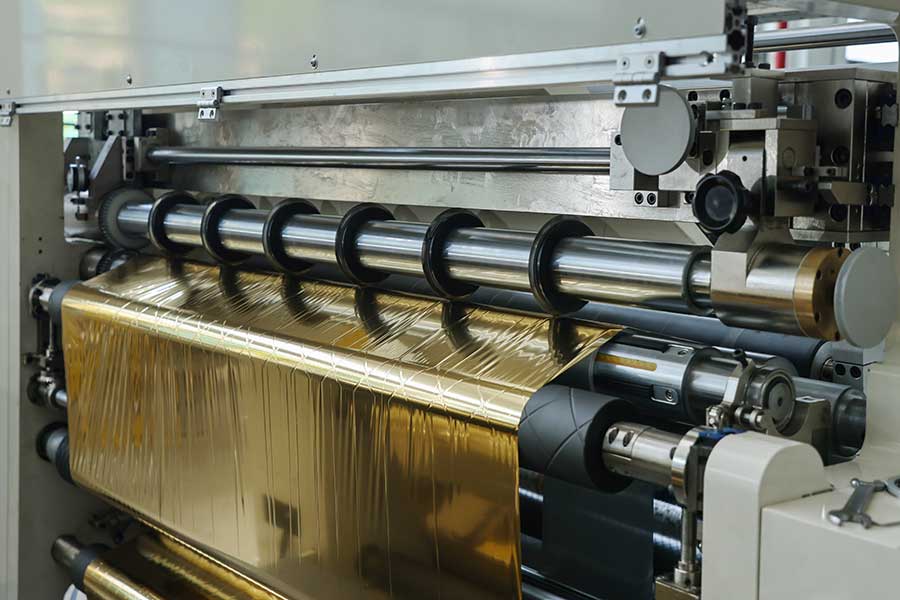
First, the blade material selection
1. Common materials and applicable scenarios
◦ High Speed Steel (HSS)
▪ Features: Good wear resistance, high toughness, moderate price.
▪ Application: Paper, film, soft metal (such as aluminum foil), nonwovens and other medium-hardness materials.
◦ Tungsten carbide (tungsten steel)
▪ Features: high hardness (HRC90+), strong wear resistance, but brittleness.
▪ Application: high-precision slitting (such as lithium battery pole piece, copper foil), carbon fiber, high-density plastic and other hard materials.
◦ Ceramic blades
▪ Features: Super hard and wear-resistant, high temperature resistant, but easy to chip.
▪ Application: Scenarios with high abrasion resistance requirements (such as glass fiber, silicone tape), but impact cutting needs to be avoided.
◦ Coated inserts (e.g. TiN, DLC coatings)
▪ Features: The surface hardness is improved, the friction coefficient is reduced, and the life is extended by 30%-50%.
▪ Application: Materials with high cleanliness requirements (such as optical films, medical composite materials).
2. Key points of material selection
◦ Hardness of the matching material: The hardness of the blade should be higher than that of the material being cut (usually HRC difference ≥ 20).
◦ Consider toughness requirements: Choose high-speed steel with good toughness for cutting materials that are easily deformable (such as elastic film).
◦ Corrosion resistance: Stainless steel substrates or coated blades are recommended for wet cutting or corrosive environments (e.g., seafood package slitting).
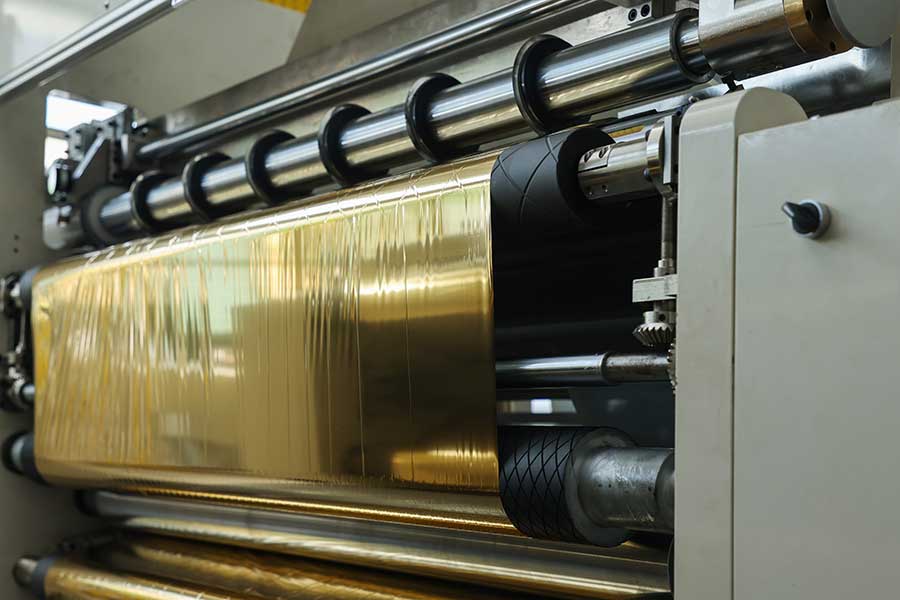
Second, wear judgment and monitoring
1. Common types of wear
◦ Edge passivation: The cutting resistance increases, and the burrs at the edge of the material increase.
◦ Chipping/Cracking: Localized chipping of the blade, resulting in periodic scratches on the slitting surface.
◦ Adhesion wear: Material debris adheres to the cutting edge (commonly found in plastics, tapes), affecting the cut finish.
◦ Corrosion and wear: Rust or chemical spots appear on the blade's surface.
2. Detection method
◦ Visual inspection: Use a magnifying glass to observe whether the cutting edge is smooth and free of defects.
◦ Touch test: Touch the edge of the edge with your finger (pay attention to safety) and feel whether there is a significant unevenness.
◦ Cutting quality analysis: Regularly check the edge burr rate, width tolerance and other indicators of the slitted product.
◦ Equipment monitoring: Early warning by slitting machine power fluctuations (power rise after wear) or acoustic emission sensors.
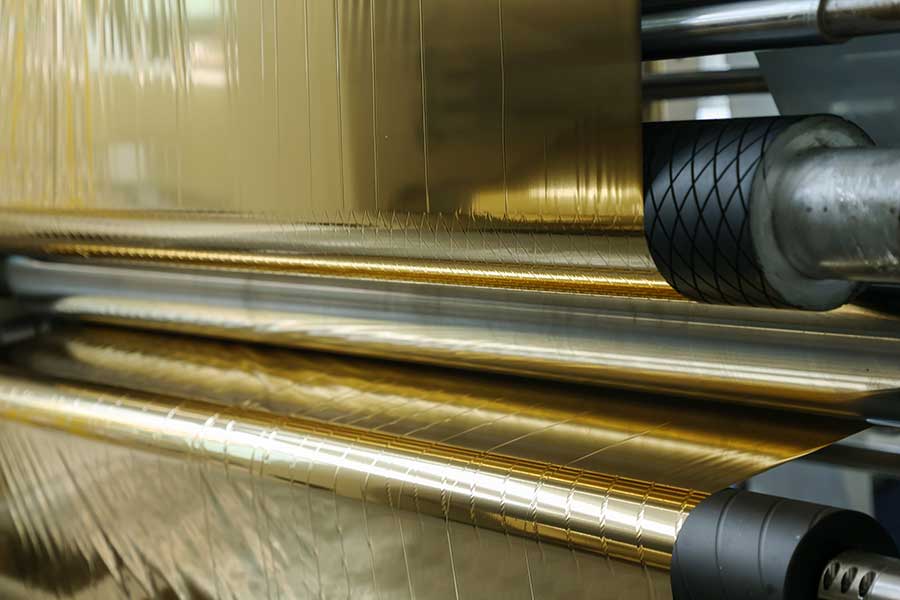
Third, replacement cycle reference
1. General Advice
◦ Ordinary materials (such as paper, PP film): Inspect every 8-12 hours, replace every 3-60,000 meters.
◦ High wear materials (such as fiberglass, metal foil): Inspect every 2-4 hours, replace every 0.5-20,000 meters.
◦ High-precision scenes (e.g., optical film): mandatory replacement every 1-20,000 meters, even if there is no obvious wear.
2. Tips for prolonging life
◦ Regular flipping use: The double-edged blade can be turned over 1-2 times to equalize the wear.
◦ Proper Installation: Ensure the blade is parallel to the bottom roller to avoid biased grinding.
◦ Cleaning and maintenance: Alcohol is used to remove blade adhesions after each shutdown to prevent corrosion.
◦ Phased use: The new insert is prioritized for high-precision products, and after wear, it is downgraded to handle rough cutting tasks.
Fourth, blade management suggestions
1. Establish a file: Record the material, usage time, cutting mileage and reason for replacement of each knife.
2. Spare parts inventory: Reserve 10%-15% of redundant blades based on historical data to avoid emergency downtime.
3. Supplier Collaboration: Collaborate with manufacturers to repair blades (such as regrinding, recoating) to reduce costs by 30%-60%.
Example scenario:
• Lithium battery separator slitting: select carbide coated blades, check the cutting edge every 4 hours, and replace every 50,000 meters.
• Corrugated cardboard slitting: high-speed steel blades, inspected every shift, re-ground 2-3 times after wear and then scrapped.
Through scientific material selection and refined management, the slitting efficiency can be significantly improved and the average cost per ton can be reduced.
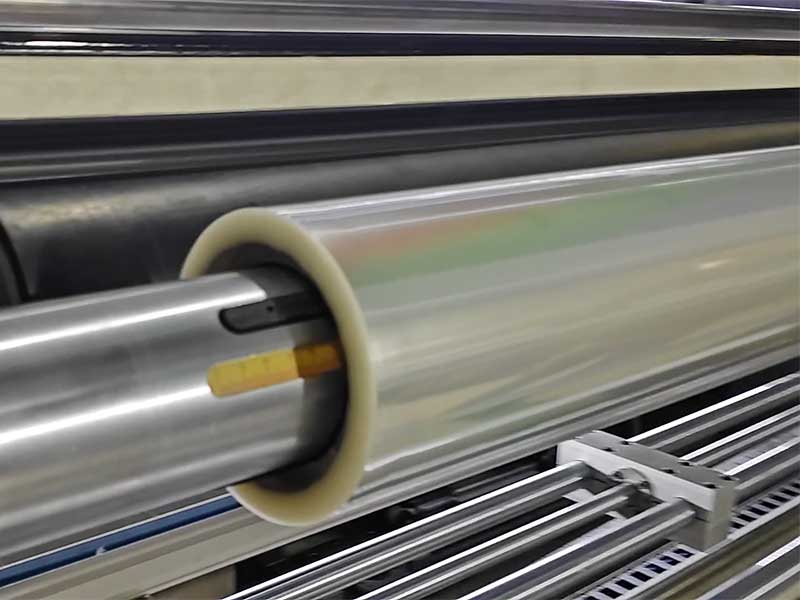
The stable operation of the slitting rewinder is the basis for producing high-quality coil products.
10. December, 2025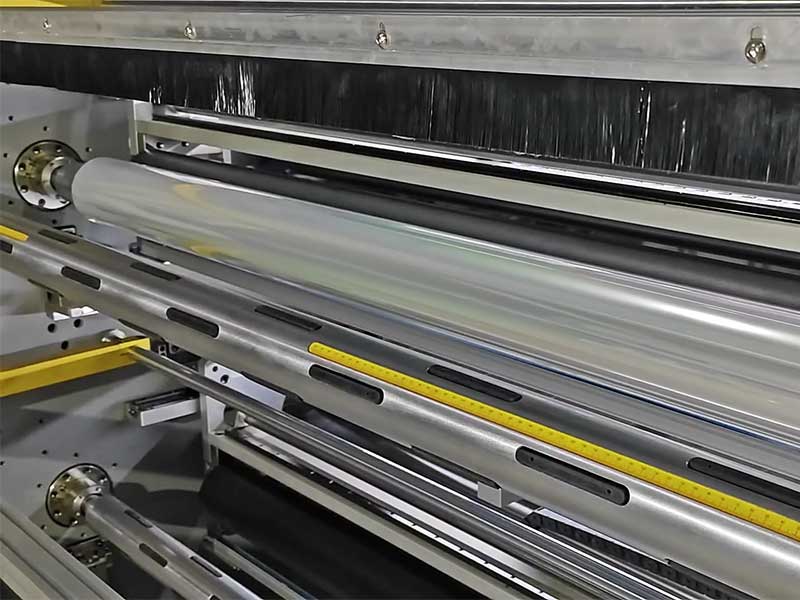
These film materials need to be precisely cut into different widths during the production process to meet the needs of various models and components.
10. December, 2025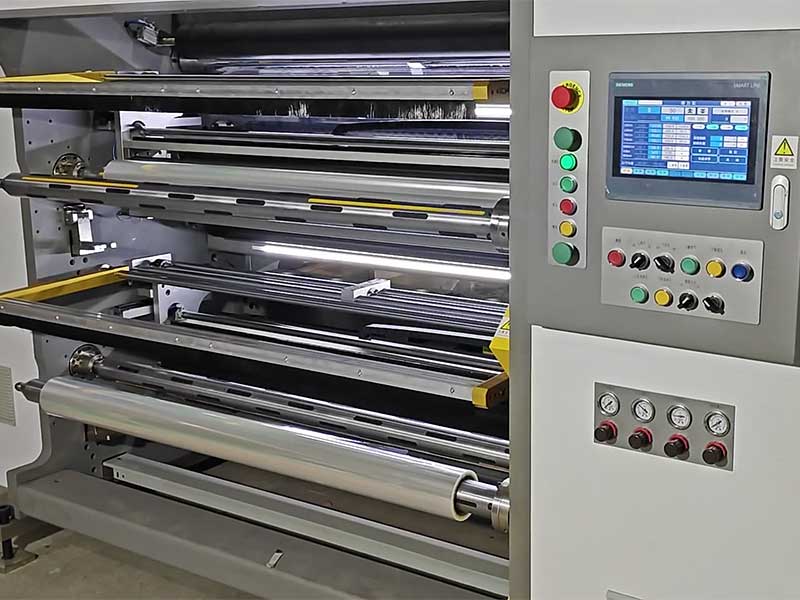
The automotive film slitting machine, an increasingly intelligent "cutting knife", is accurately cutting out redundant costs, inefficient processes and backward production methods.
10. December, 2025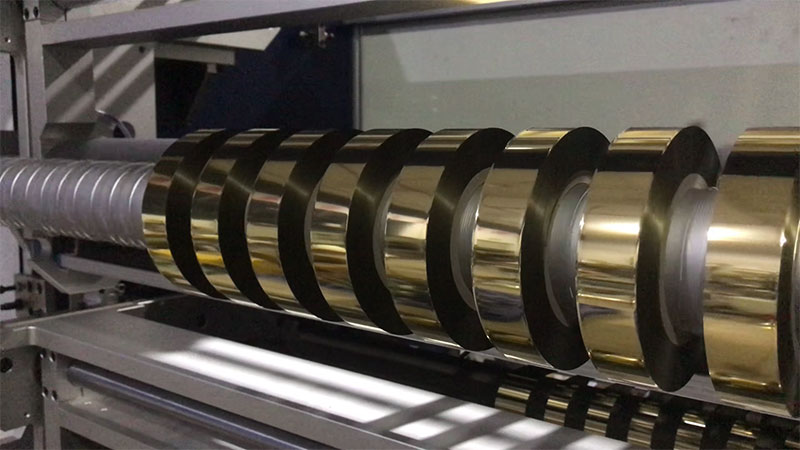
Precisely cut the wide master roll according to the preset dimensions, then rewind it into finished rolls suitable for subsequent processing or direct use.
09. December, 2025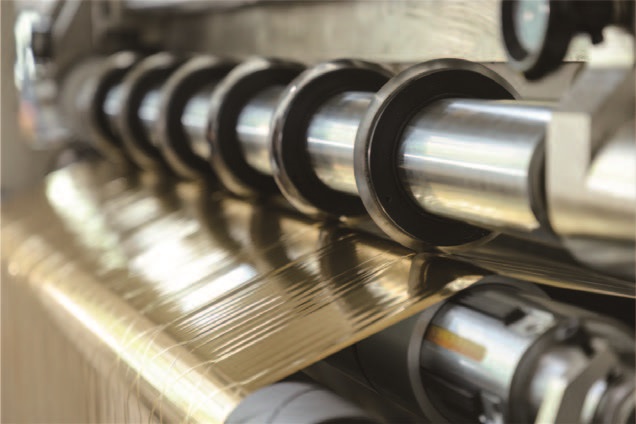
Cut wide rolls of film, paper, nonwoven fabric, metal foil, and other materials to precise sizes, and then rewind them into finished rolls that meet downstream requirements.
09. December, 2025